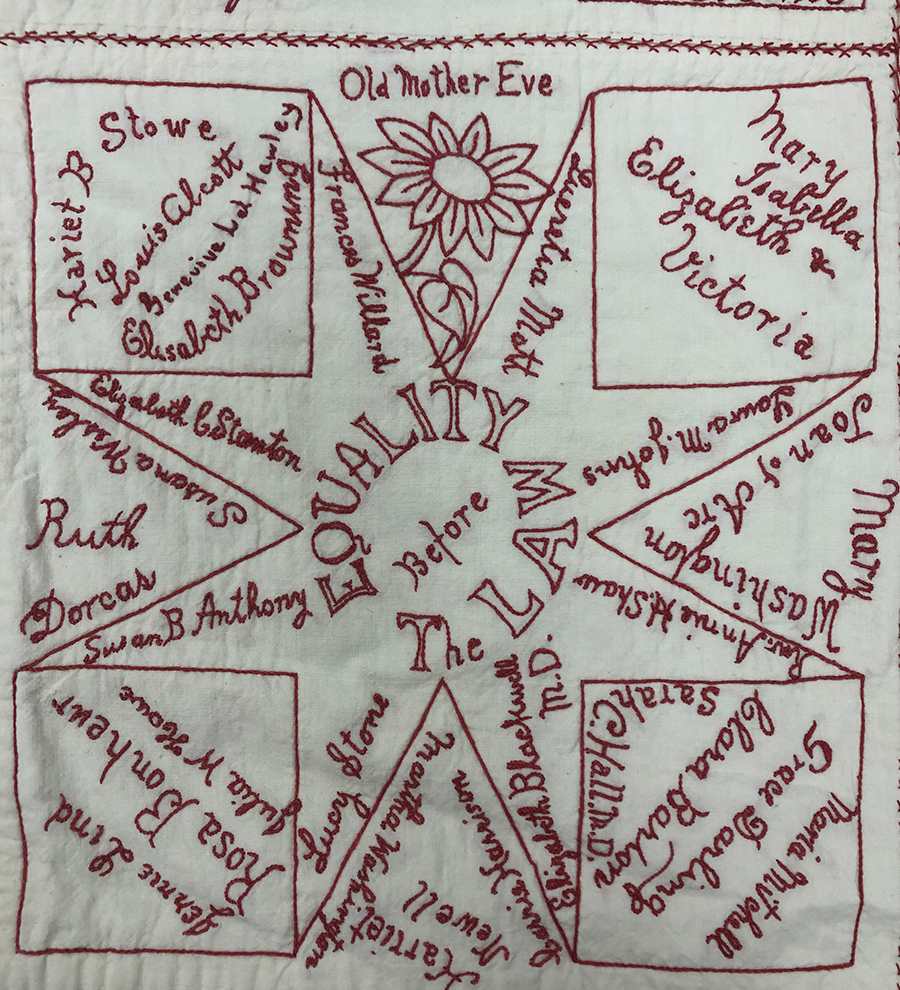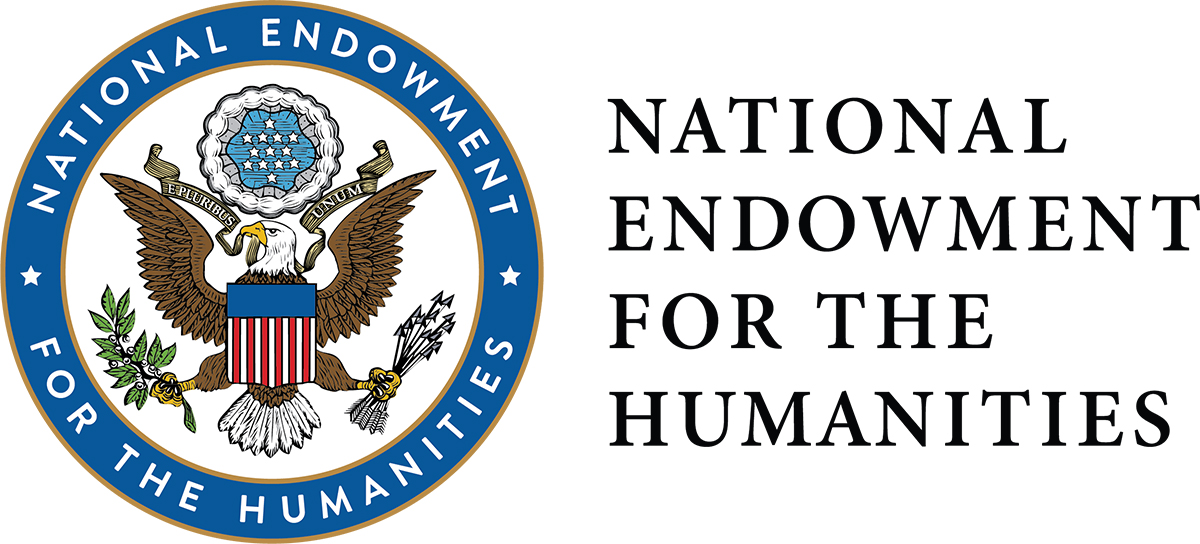
Partisan Pieces: Quilts of Political and Patriotic Persuasion
July 1-5, 2020
Virtual Pop-Up Exhibit

“Politics makes for strange bedfellows,” wrote Charles Warner, editor of the Hartford Courant in 1850. By extension, politics makes for sometimes strange, and always interesting, bedcovers. The quilts of Partisan Pieces made in the 1800s and 1900s illuminate the progress of U. S. political development from the perspective, and from the needles, of well-informed and patriotic women.
Before the passage of the Nineteenth Amendment in 1920 the United States Constitution did not allow women to vote. Indeed, until the late 1800s, neither women’s work nor opinions were broadly valued unless they had to do with family, house, and home. The quilts in Partisan Pieces are undeniable expressions of women’s political and patriotic opinions—sensibilities portrayed with needle and thread.
